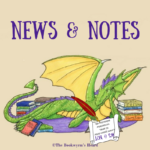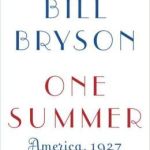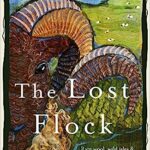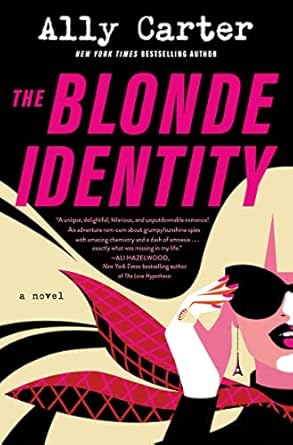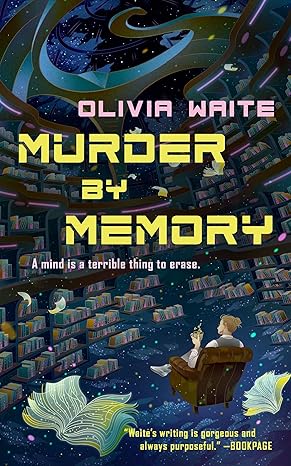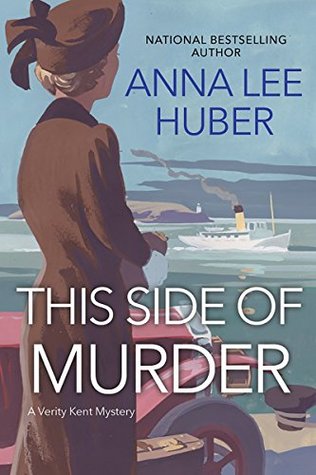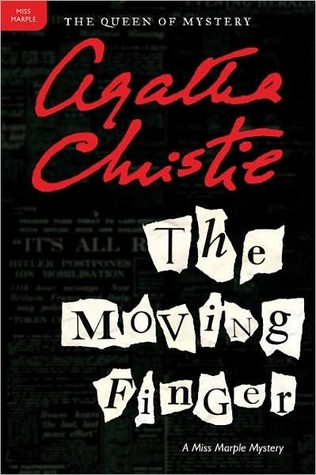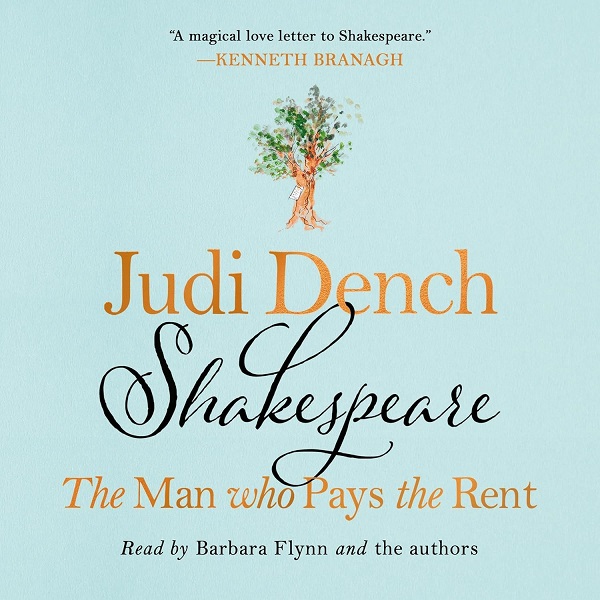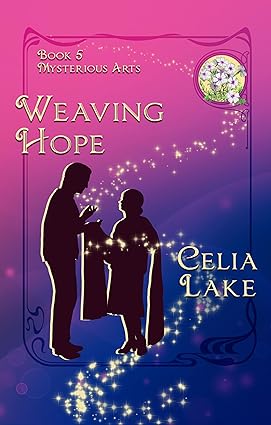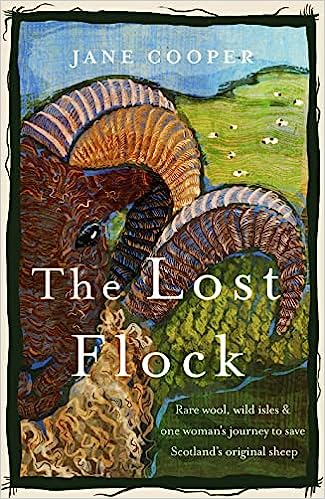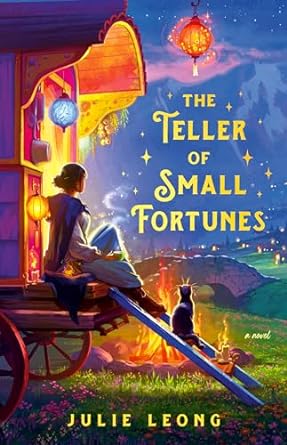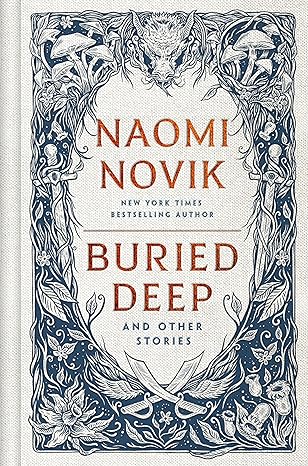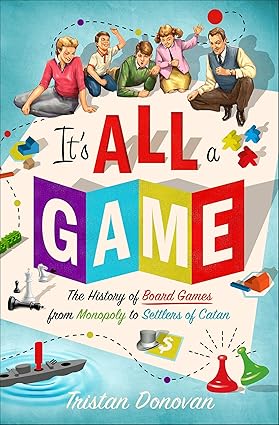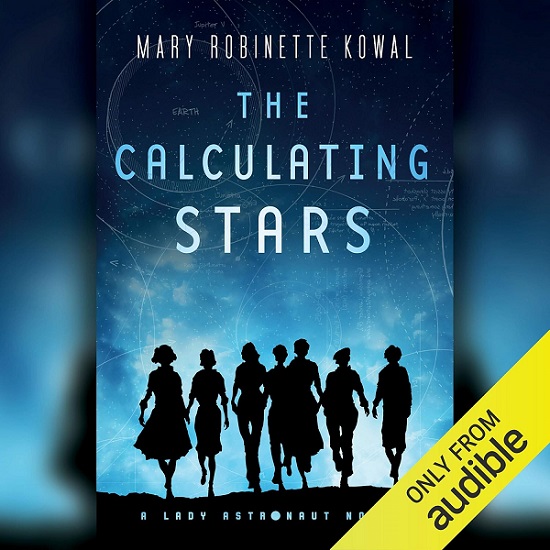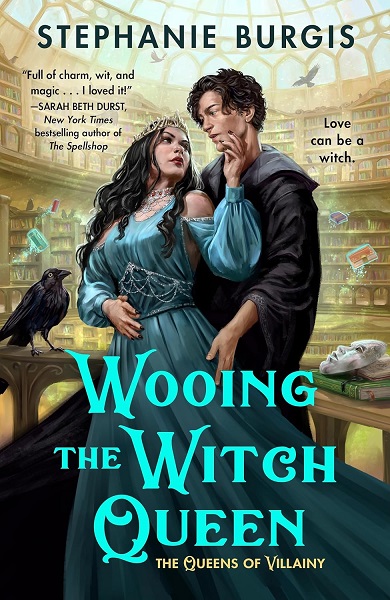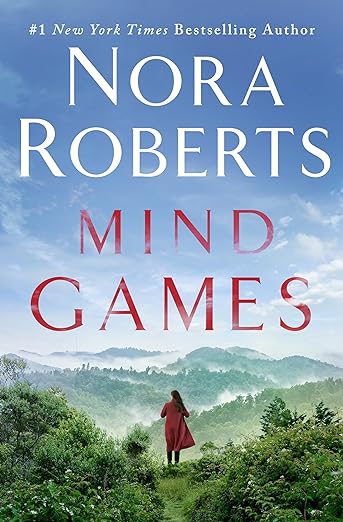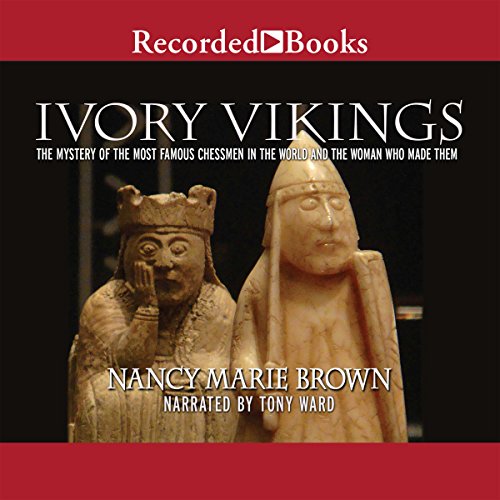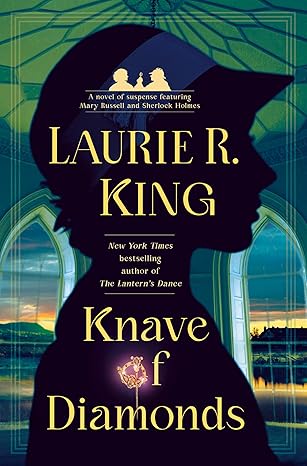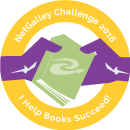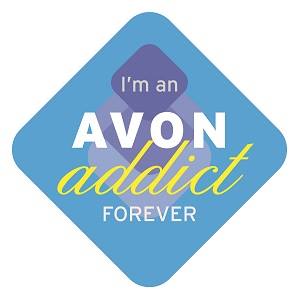 How Lincoln Learned to Read by Daniel Wolff
How Lincoln Learned to Read by Daniel Wolff Published by Bloomsbury Publishing USA on March 17th 2009
Genres: Nonfiction
Format: Hardcover
Source: the library
Add to Goodreads

An engaging, provocative history of American ideas, told through the educations (both in and out of school) of twelve great figures, from Benjamin Franklin to Elvis Presley.
How Lincoln Learned to Read tells the American story from a fresh and unique perspective: how do we learn what we need to know? Beginning with Benjamin Franklin and ending with Elvis Presley, author Daniel Wolff creates a series of intimate, interlocking profiles of notable Americans that track the nation's developing notion of what it means to get a "good education." From the stubborn early feminism of Abigail Adams to the miracle of Helen Keller, from the savage childhood of Andrew Jackson to the academic ambitions of W.E.B. Du Bois, a single, fascinating narrative emerges. It connects the illiterate Sojourner Truth to the privileged Jack Kennedy, takes us from Paiute Indians scavenging on western deserts to the birth of Henry Ford's assembly line. And as the book traces the education we value – both in and outside the classroom – it becomes a history of key American ideas.
In the end, How Lincoln Learned to Read delivers us to today's headlines. Standardized testing, achievement gaps, the very purpose of public education – all have their roots in this narrative. Whether you're a parent trying to make sure your child is prepared, a teacher trying to do the best possible job, or a student navigating the educational system, How Lincoln Learned to Read offers a challenge to consider what we need to know and how we learn it. Wide-ranging and meticulously researched, built mostly on primary sources, this is an American story that begins and ends with hope.
I just finished reading Daniel Wolff’s How Lincoln Learned to Read: Twelve Great Americans and the Educations That Made Them. In it, Wolff recounts the formative years of twelve Americans, from Benjamin Franklin to Elvis Presley, examining how each one learned what he or she “needed to know” to succeed in adult life. Wolff expands the definition of education to include a much broader array of experiences than formal schooling or even book learning. The chapter on Henry Ford, for instance, looks far more at how Ford learned to understand machines and engines than on the standard “three R’s.” In so doing, Wolff implicitly encourages the reader to think about the nature and function of education on both a general and a personal level.
I found the individual stories interesting and at times moving. Wolff presents a spectrum of Americans: twelve men and women comprising two inventors, three presidents and a president’s wife, a popular musician, an emancipated slave, a Native American torn between two cultures, and several writers. Some were more “successful” than others; all faced challenges, some of them enormous. The common threads in each story are tenacity and integrity: determination and a willingness to be different in order to be true to self.
Working his way chronologically through these twelve individuals, Wolff slips in a fair bit of history of America in general and American education in particular. From the colonial options of dame school, Latin grammar school, and private tutors to one-room frontier schoolhouses, from Indian schools to schools for the blind, from the development of public education to upper-class “prep” schools, he explores the formal education available—or unavailable—to each person on whom he focuses. He also establishes the cultural milieu in which each one grew up: colonial Boston, Revolutionary-era Piedmont, frontier America, Northern slavery, impoverished Southern town, wealthy twentieth-century New England. Put together, the chapters form a patchwork quilt of the American experience, and a fascinating read.

